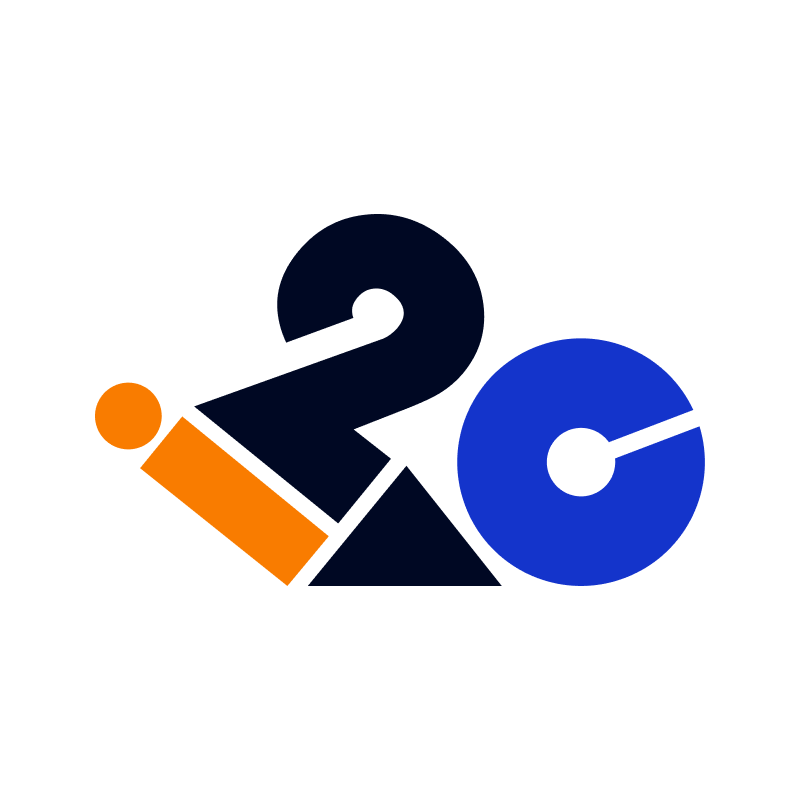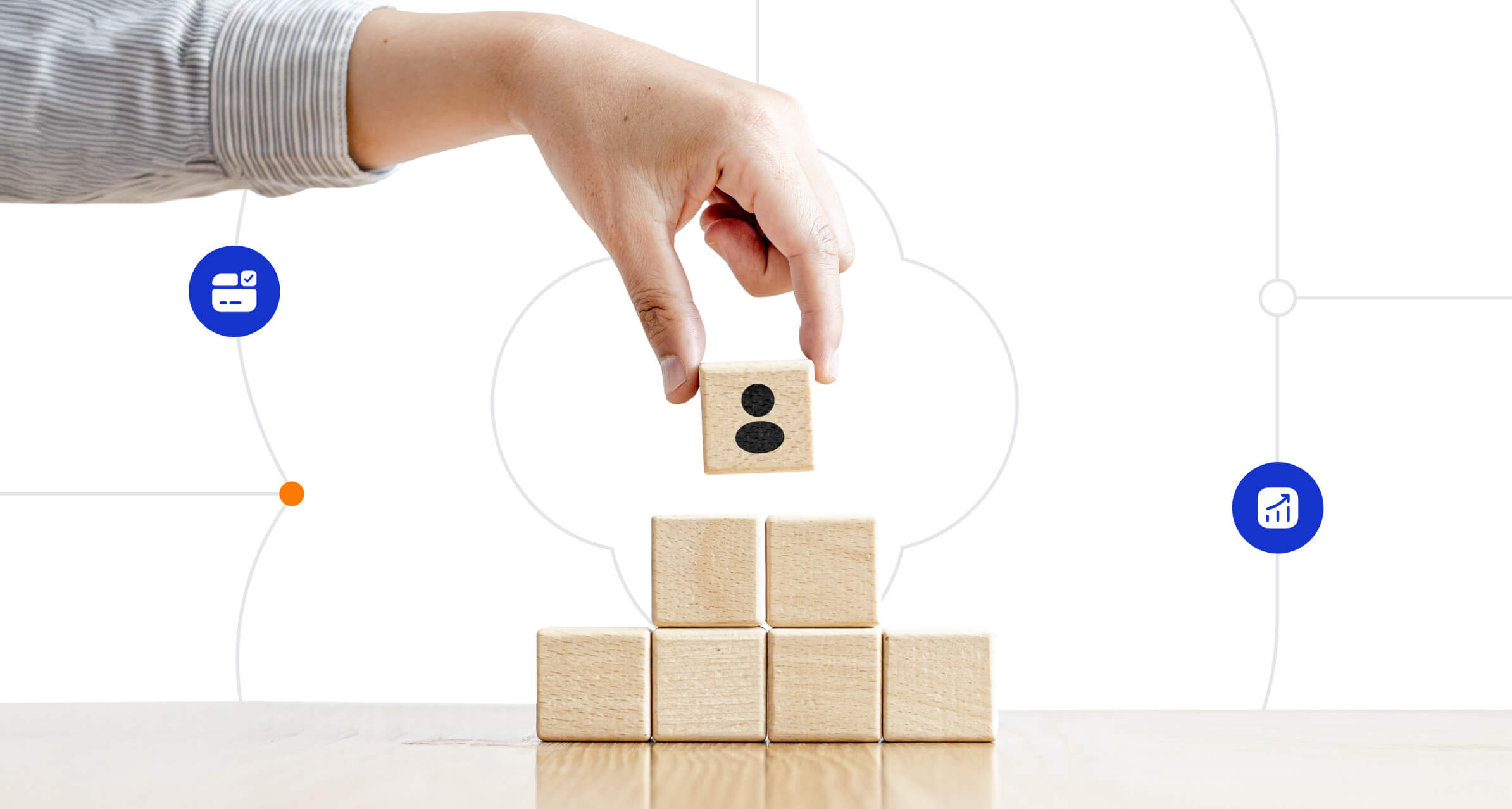In our last post, we introduced four program management methods for prepaid success. As we said, when used in conjunction with each other, they give program managers significant insight into which strategies, campaigns, and tactics will have the greatest positive effect on program profitability.
These four key methods are listed below. We discussed the first two in a previous blog you can find here. In this blog, we will cover methods 3 and 4.
- Track and analyze a set of Key Performance Indicators
- Understand the Program Life-Cycle
- Analyze your Customer Clusters
- Understand the Customer Life-Cycle
Method #3 – Customer Clusters
With data analysis being such a central discipline in the New Approach to Program Management, it will come as no surprise that this next method relies heavily upon mining account-based usage data. The idea behind this method is to divide your portfolio into four distinct groups or clusters based on their usage behaviors. Pretty much every program will see a breakdown as we see in the graph below.
The goal here is to help direct your focus on the accounts that will have the biggest impact on your profitability. Because you have limited resources, spending significant time on the Under Performers doesn’t really make sense. The biggest opportunity to maximize portfolio profitability is to focus on moving the Average Performers to Strong Performers. By segmenting customers in this way, you can also more easily determine specific tactics & campaigns to engage each cluster. No one tactic will work across them. Since customers are unique individuals, campaigns that are personalized, relevant, and timely will have the biggest impact.
Method #4 – Customer Life-Cycle
Think of the Customer Life-Cycle as the journey that customers take when they sign up to use your prepaid card. It starts with enrollment, then moves to activation, first load, first use, second load, and so on. Understanding these stages will help you determine tactics that can help move customers through the life-cycle and accelerate your profitability. There are significant milestones along this life-cycle, such as the second load, that can give you an indication of the performance of your overall program.
But what are some tactics that you can employ at these different stages? Let’s explore further:
- Starting with the Enrollment stage once enrolled you will have the email and possibly phone number to send email and SMS messages to welcome the customer and inform them when to expect their card in the mail.
- Next comes Activation. Once the expected card delivery date has occurred, if you do not see an activation come through, you can send a message or place a call to activate the card. Continue this communication until it’s activated.
- The Initial Load is important because, obviously, you can’t make money if there are no funds on the card. So, once activated, send a message about where they can load which is specific to their address. Also, encourage direct deposit at this point to make the card more “sticky”.
- Once there is money on the card, promote usage by communicating what the card can be used for. If merchant funded discounts & offers are available, communicate the applicable one to encourage usage.
- For Reloads, if there is no activity or balance on the card or the balance is getting low, remind them of reload locations and other benefits of using the card. You may also want to trigger an offer for a free load or another discount that will entice the 2nd load. Achieving the second load is a key milestone because it tends to indicate an engaged customer. You want as many of these as possible to stay profitable!
As you understand where each customer is in the Customer Life Cycle, you are now in a position to get smarter and more efficient with how you use this concept. For example, you can assign a value to each behavior or event pertaining to an account and then use those values to develop account scores. Based on the score, you will be able to tell what stage of the Customer Life-Cycle the customer is in, which will automatically trigger you when to shift communication strategies and messages. Adjusting your approach based on the stage is key to keeping customers progressing through the life-cycle, and a scoring system is a smart and efficient way to do that.
These program management methods, as well as the two discussed in our last post, can quickly ignite program profitability. Each one of them, though, requires advanced data analytics, communication tools, and processing capabilities. If these tools are lacking in your current infrastructure, your ability to use these new methods to accelerate your revenues will be severely limited. So part of the trick to using these methods is to make sure you have the right technology in place.
What techniques have you tried in your own programs to improve profitability?


